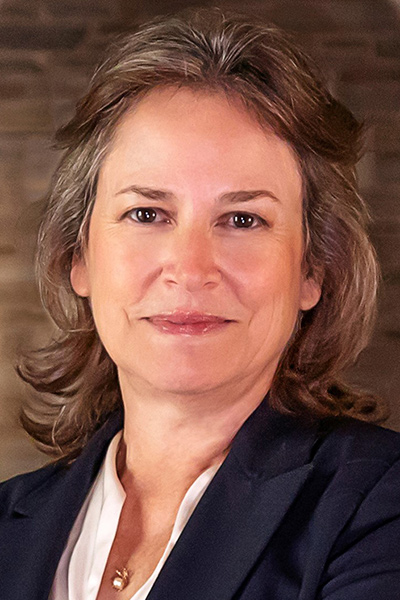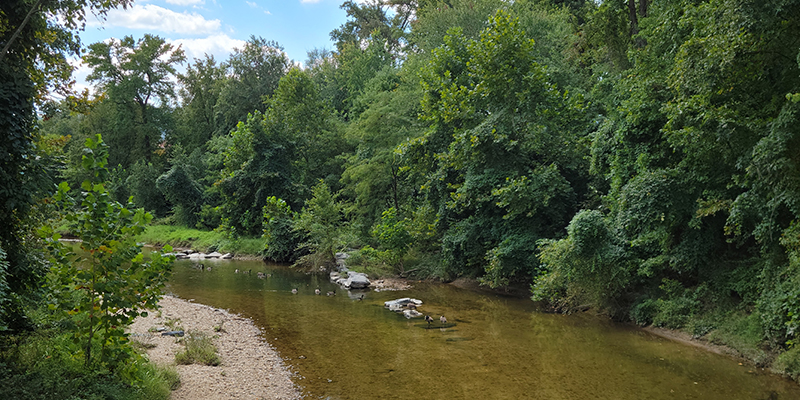The Institute for Research in Electronics and Applied Physics cordially invites you to the
Paint Branch Distinguished Lecture in Applied Physics
with

Emily A. Carter
Princeton University and Princeton Plasma Physics Laboratory
on
"How Quantum Mechanics Helps Identify Mechanisms and Discover Materials to Combat Climate Change"
The 2022 Paint Branch Lecture is sponsored by Professor Ed Ott.
Tuesday, October 25, 2022
4 p.m. Lecture (pre-lecture socialization at 3:30 p.m.)
A. James Clark Hall, Room 1101
Questions? Contact Meredith Pettit at mpettit1@umd.edu or 301.405.4951.
About the Talk
Each year that passes now brings more evidence that carbon dioxide and methane emissions are bringing our world closer to a tipping point beyond which it is unclear how humans and other living creatures will survive. I have been driven by this concern for the last 15 years. I decided a decade and a half ago to reorient all my research to work on sustainable energy solutions. I am a physical chemist by training, with expertise in quantum mechanics methods development and applications primarily related to materials science and chemistry. While I still work on sustainable energy, it is now evident that such solutions are not enough. We must stop emitting additional carbon into the atmosphere; we must go not just to zero but to negative emissions, in order to mitigate against worsening climate change caused by nearly a century and a half of fossil fuel extraction and burning. Thus, in addition to materials discovery for sustainable, carbon-free electricity (e.g., solar cells, fusion, solid oxide fuel cells), I work on catalyst discovery for renewable fuels, via (electro/solar thermo)-chemical water splitting and (photo/electro/solar thermo)-chemical carbon dioxide reduction. If we can produce liquid fuels from carbon dioxide and water – effectively running combustion backwards – via innovative catalysts that take in sunlight or carbon-free excess electricity, we will recycle carbon rather than extract and add more of it to the atmosphere and oceans. However, recycling carbon dioxide and methane is still not enough. We must convert and store carbon dioxide and methane permanently. Rather than focus on subsurface sequestration of carbon dioxide, let’s find more productive—and less risky—uses for CO2. In this talk, I will describe research related to carbon cycling back to fuels and useful chemicals, along with a vision for getting to negative emissions enabled by electrocatalysis. These approaches, along with available and emerging strategies in agriculture, forestry, and construction materials, may let our grandchildren and their descendants still enjoy the world we have been lucky enough to inhabit up to now. I hope that my talk will inspire others to join the effort.
About the Speaker
Professor Emily Carter is a theorist/computational scientist first known in her independent career for her research combining ab initio quantum chemistry with molecular dynamics and kinetic Monte Carlo simulations, especially as applied to etching and growth of silicon. Later, she utilized quantum mechanics, applied mathematics, and solid state physics to construct a diverse set of advanced simulation methods based on quantum mechanics: (i) linear-scaling orbital-free, density-functional theory (OFDFT) that can simulate unprecedented numbers of atoms quantum mechanically; (ii) embedded correlated wavefunction theories that combine quantum chemistry with periodic DFT to compute accurately condensed matter ground and excited electronic states, charge-transfer phenomena, and strongly correlated materials (furnishing, e.g., the first ab initio view of the many-body Kondo state of condensed matter physics and treatment of charge transfer and excited states of adsorbates on surfaces important for photo/electrocatalysis), and (iii) fast algorithms for ab initio multi-reference correlated electronic wavefunction methods that permit accurate thermochemical kinetics and excited states to be predicted for large molecules. She was a pioneer in quantum-based multiscale simulations of materials that eliminate macroscopic empirical constitutive laws and that led to new insights into, e.g., shock Hugoniot behavior of iron and stress-corrosion cracking of steel. Earlier, her doctoral research furnished new understanding of homogeneous and heterogeneous catalysis, while her postdoctoral work presented the condensed matter simulation community with the widely used rare event sampling method known as the Blue Moon Ensemble. Her research into how materials fail due to chemical and mechanical effects furnished proposals for how to optimally protect these materials against failure (e.g., by doping, alloying, or coating). Her work, especially on optimizing thermal barrier coatings for jet turbine engines, unraveled long-standing mysteries as to the roles of various alloying elements in those coatings.
Her current research includes the development of efficient and accurate quantum mechanics simulation techniques such as her embedded correlated wave function theories and multi-level quantum simulation methods. She uses these techniques now mainly to elucidate mechanisms of photo- and electro-catalysis, aimed at discovery and design of optimal catalysts for carbon dioxide utilization and more recently solid sequestration, as could be enabled by excess renewable energy.
Full bio »
About the Lecture
The Paint Branch Distinguished Lecture in Applied Physics was established and endowed by a generous gift to the Institute for Research in Electronics and Applied Physics in 2014 with the intention to bring luminaries in the field of Applied Physics to speak to our community.
Paint Branch is a 14-mile stream that brings water from small streams and tributaries throughout the region, flowing south through our campus on its way to the Anacostia River. Many of us pass it by car, bicycle, or on foot each day on our way to and from work. Like the Paint Branch, we anticipate that this new lectureship will serve as a confluence that draws together the many talented and active researchers, faculty, and students in applied physics in our communiy and will remind us of our common goals and principles. |





